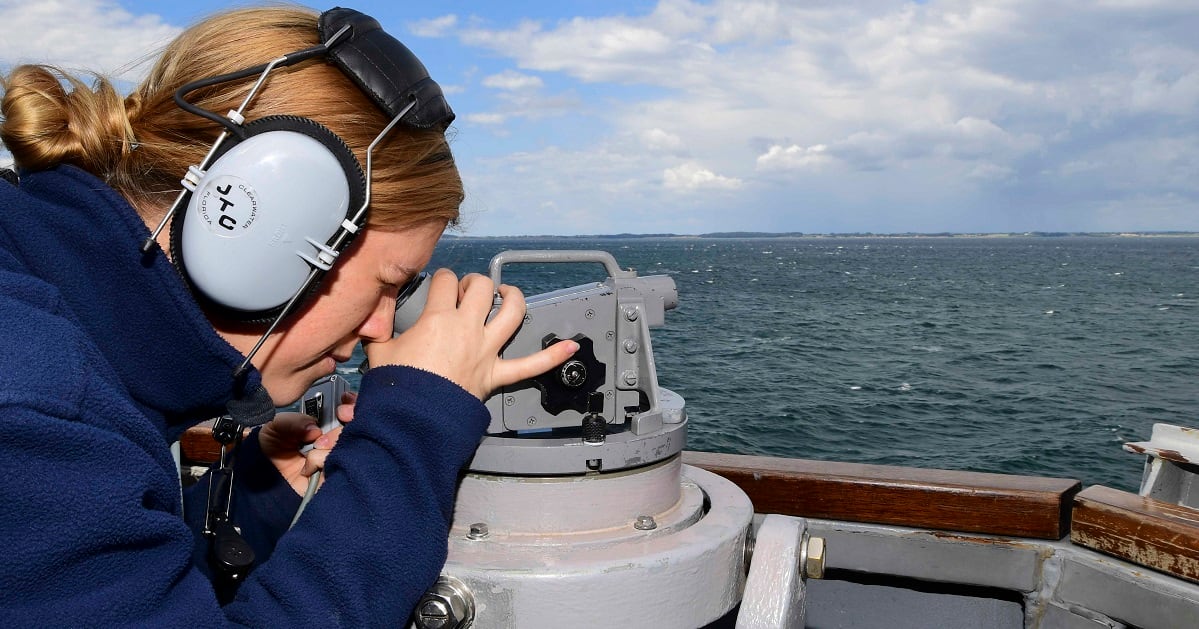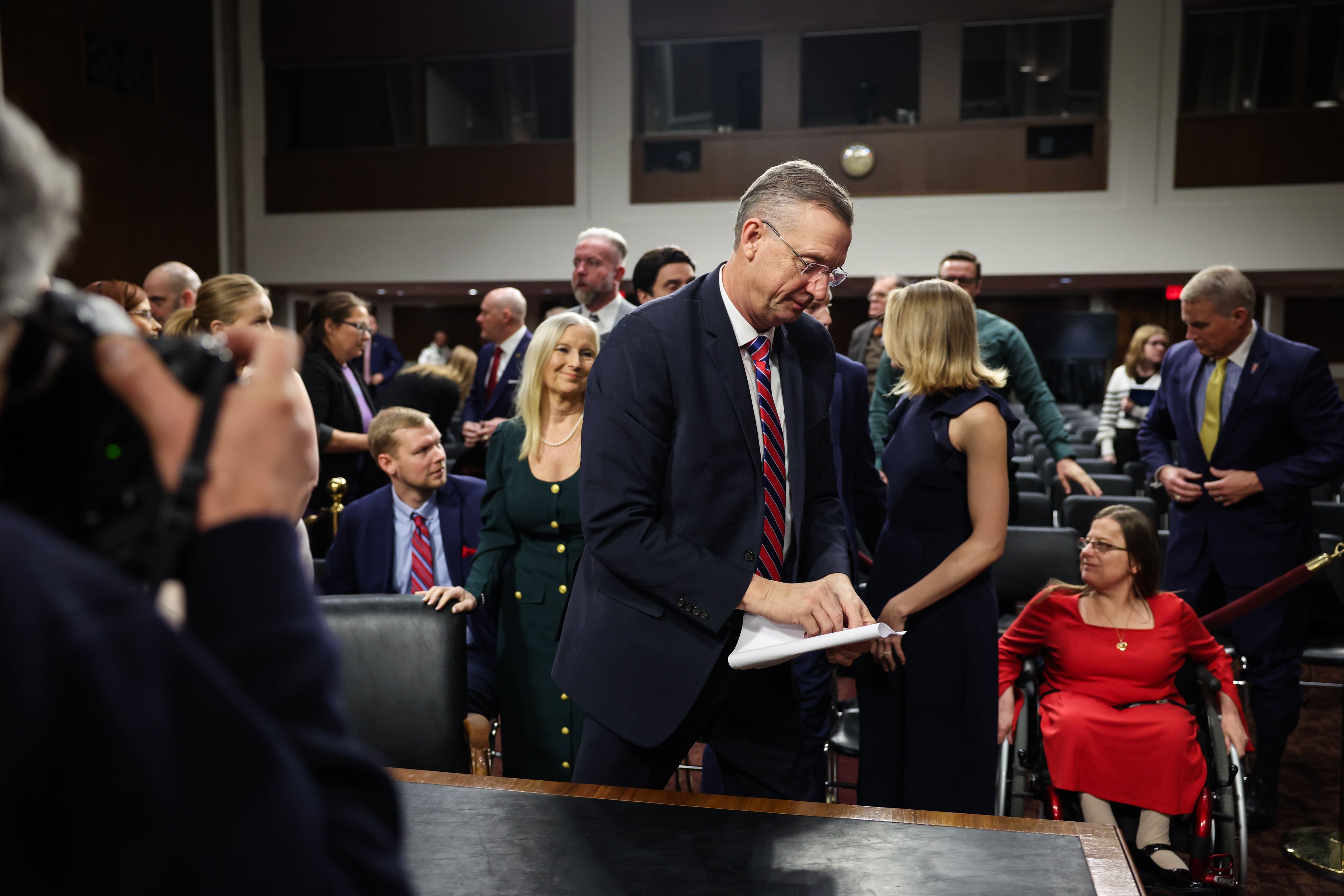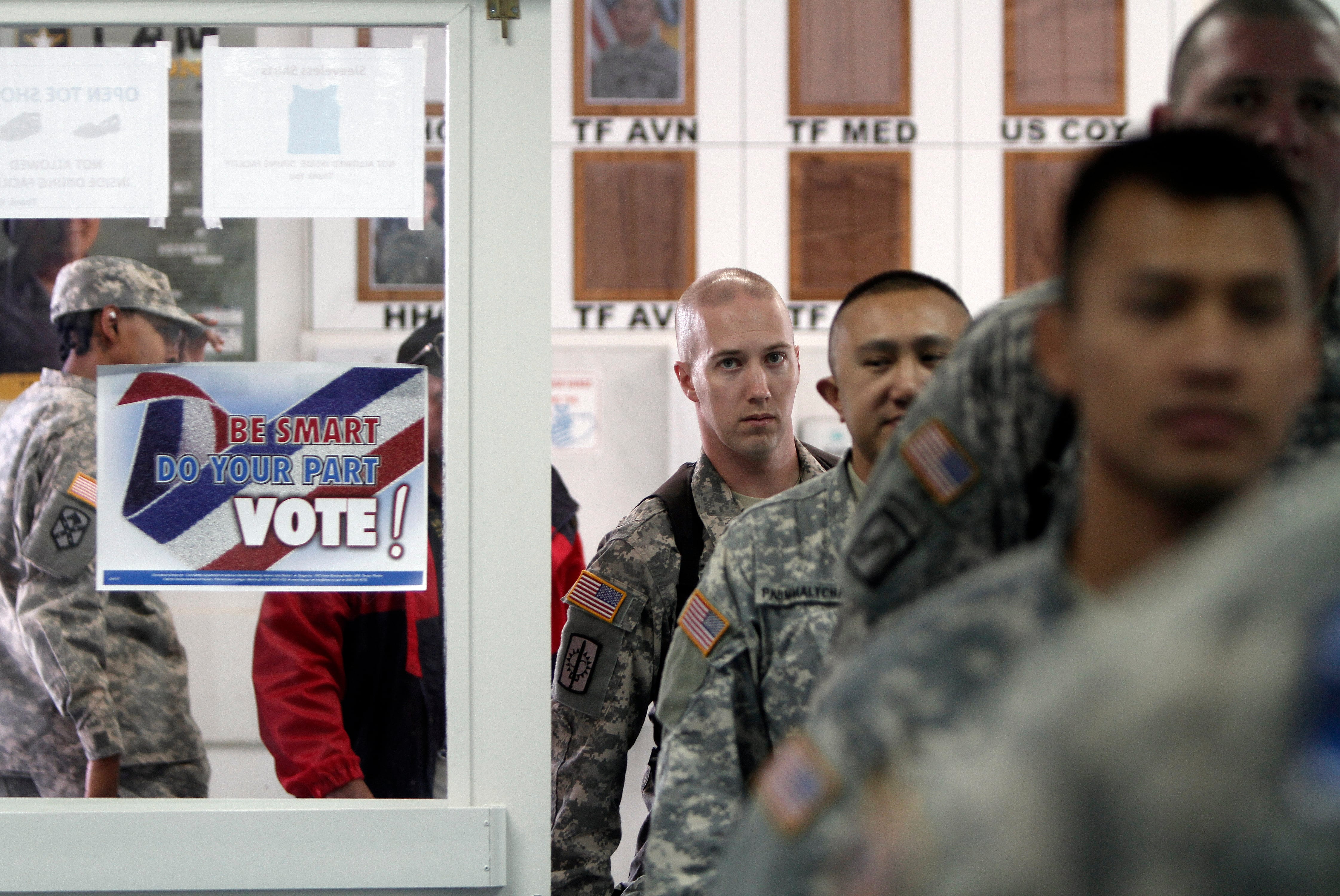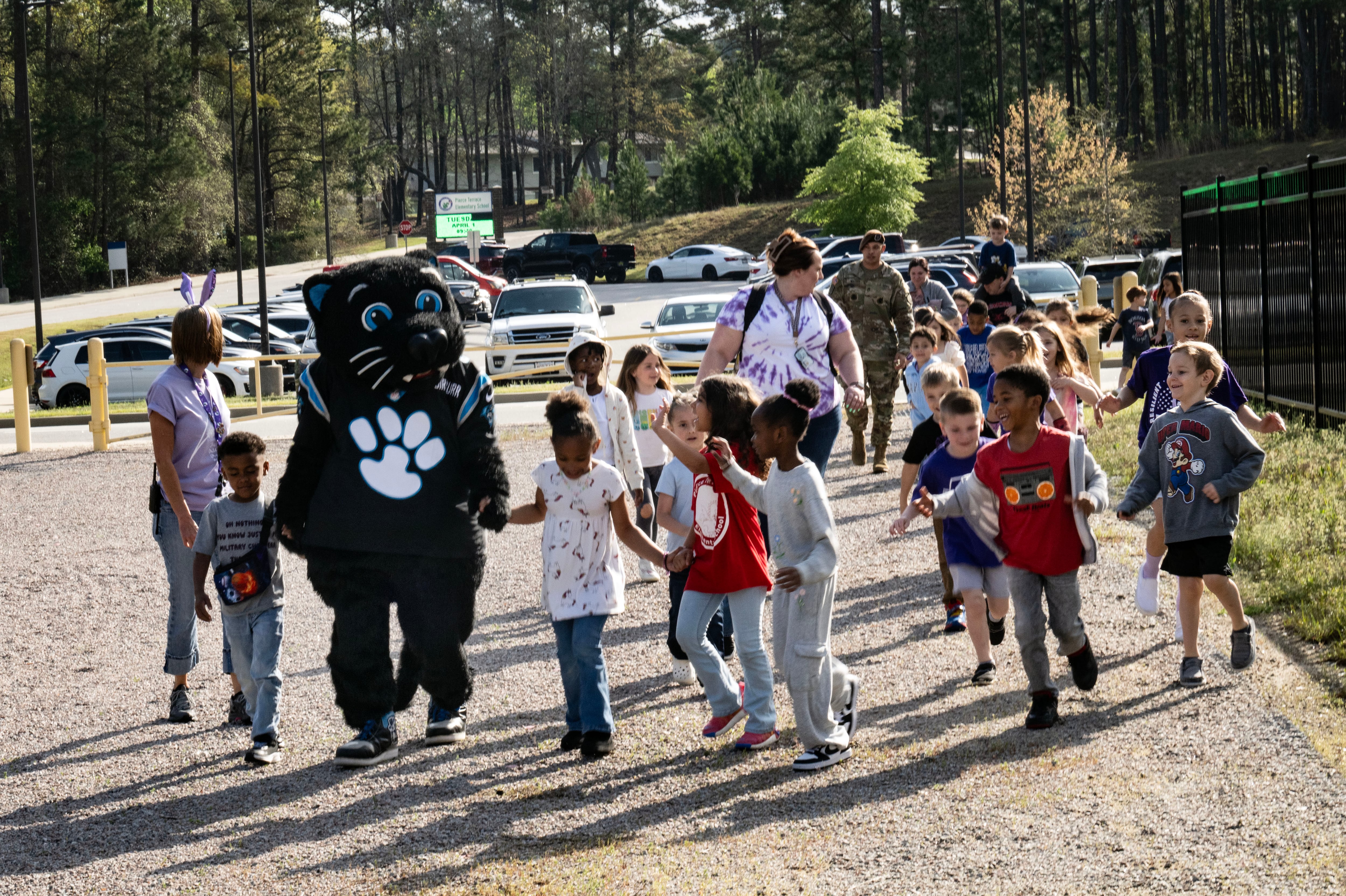Chronic manning shortfalls aboard U.S. Navy warships were found to have contributed to the fatal 2017 collisions of the Fitzgerald and John S. McCain, disasters that killed 17 sailors and scarred many more of their shipmates for life.
While the surface fleet has made improvements in manning its ships in recent years, more remains to be done, the head of Naval Surface Forces said Tuesday.
“We are making progress with our manning issues, but many challenges remain,” SWO Boss Vice Adm. Roy Kitchener said during the Surface Navy Association’s annual symposium.
Funding for more guided-missile destroyer billets is coming, but getting those sailors to the fleet will take time, Kitchener said.
In the meantime, the Navy had to cross-deck 1,760 sailors from one ship to another in order to fill out deploying units in the last fiscal year, a move that Kitchener said cannot be a long-term solution.
“It adds stress on our sailors and thereby the force,” he said.
RELATED
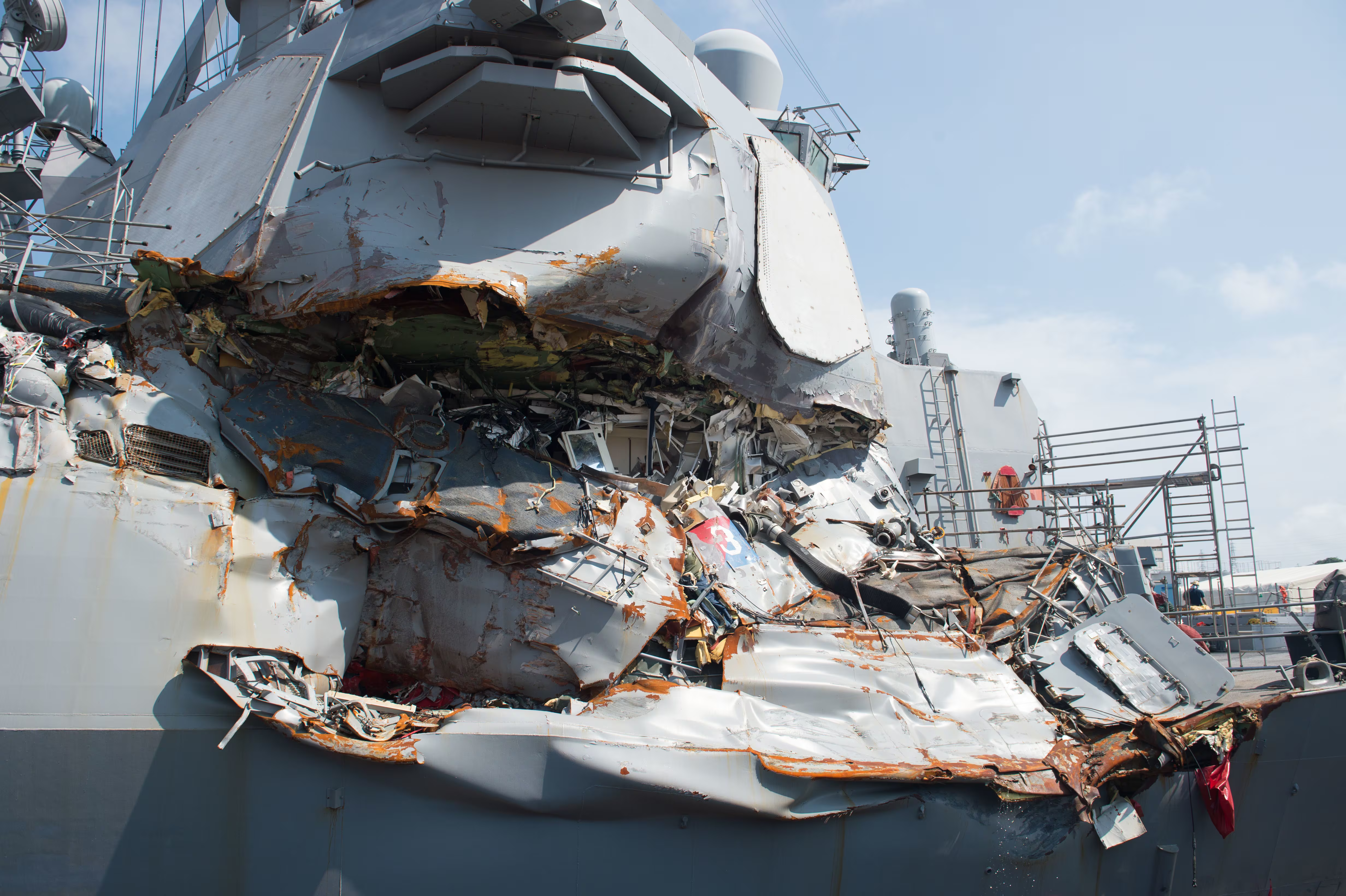
Ships need to be properly manned throughout the readiness cycle, not just when a ship is getting ready to deploy, Kitchener said.
Kitchener said Tuesday that a new system is being stood up that will aim to better ensure sailors are placed in ship billets for which they are qualified and proficient.
The Surface Manning Experience, or SURFMEX, will more closely track sailors and get them detailed to locations best suited to their skill levels at a given point in their career.
Kitchener said the new system will go beyond “Fit and Fill,” and will seek to better differentiate between sailors who might look identical on paper but have different experience and proficiency levels.
The program will initially apply to sailors in the sonar technician, AEGIS fire controlman, gas turbine systems technician, engineman and quartermaster ratings.
Those ratings were chosen because leadership sees “a disparity in experience levels across the waterfront” for those jobs, Kitchener said.
An internal investigation into the Fitzgerald collision revealed how manning shortfalls can play out on the deckplates.
Before the mishap, the Fitzgerald had gone without a chief quartermaster since early 2015, more than two years. before a cargo ship rammed the destroyer off Japan in June 2017.
An internal investigation later obtained by Navy Times determined that this gap contributed to the collision.
Quartermasters serve several roles on a ship’s bridge, assisting navigators and officers of the deck, steering the ship and performing other watchstander duties.
The internal Navy investigation into the disaster found that the Fitz’s superiors had been sounding the alarm about the vacant billet for at least a year before the collision, and that the destroyer wasn’t the only U.S. 7th Fleet warship that needed a chief quartermaster.
RELATED
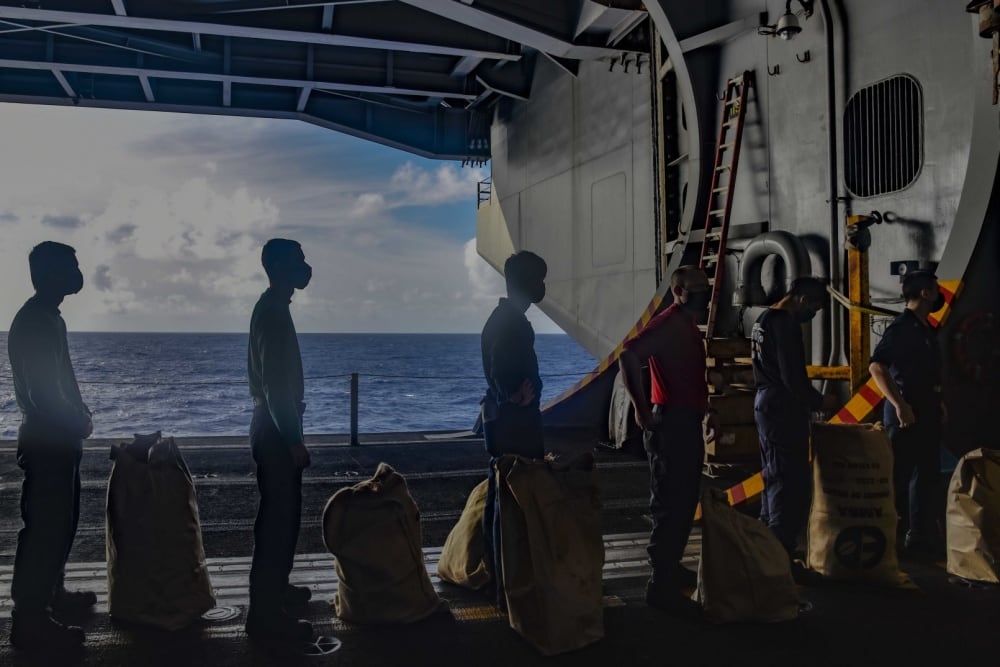
Destroyer Squadron 15 officials warned in a 2016 communication with Navy Personnel Command that the shortage of senior quartermasters was endemic across the squadron and was unsustainable, the investigation states.
The lack of quartermasters forced the squadron into “cross-decking” personnel, essentially moving qualified sailors from ship to ship as needed, “basically shuffling the GAP inside (Forward Deployed Naval Forces-Japan),” the 2016 message warned.
There was a quartermaster first class qualified as assistant navigator aboard the Fitz, but the internal investigation states that the unnamed sailor’s “level of knowledge is poor,” particularly with certain navigational arrays.
In the squadron’s request to NPC, officials noted that the QM1 slot on the Fitzgerald “has not been filled by an active duty QM1 in over three years,” according to the investigation.
Kitchener also acknowledged Tuesday the strain on sailors in 2020, including long deployments and restrictive steps taken to prevent COVID-19 infection.
“We’ve been working our sailors hard over the past year,” he said. “A lot of stress on the force and a lot of time away.
We’ve got to make sure we continue keeping the faith with them, so we can keep them around.”
Geoff is the managing editor of Military Times, but he still loves writing stories. He covered Iraq and Afghanistan extensively and was a reporter at the Chicago Tribune. He welcomes any and all kinds of tips at geoffz@militarytimes.com.
